How To Take Care Of Bleached Hair? The Ultimate Guide!
If you’ve rocked that fabulous bleached hair look, you’ll want to know the ultimate guide on how to keep it soft, silky, and healthy. We’re spilling the beans on post-bleaching care, natural tips, and how to bring your hair back to life after a bleach session.
On Nov 5, 2023 – 10 minutes read
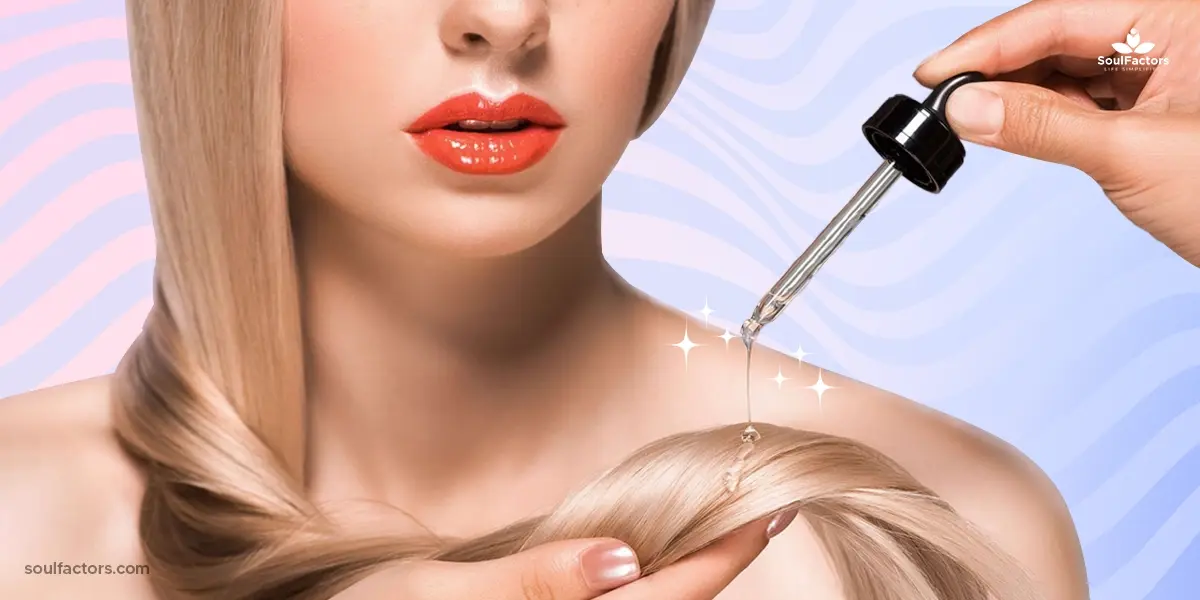
Bleached hair can be a bit high maintenance, but with the right care, you can keep it soft, silky, and vibrant. Keep reading to know how to take care of bleached hair, both immediately after bleaching and in the long run.
Understanding Bleached Hair
Bleached hair is hair that has been treated with a chemical agent to remove the pigment, melanin. Bleaching hair can be used to lighten hair color, add highlights, or create a completely new look.
There are two main types of bleach:
- Powder Bleach
- Liquid Bleach
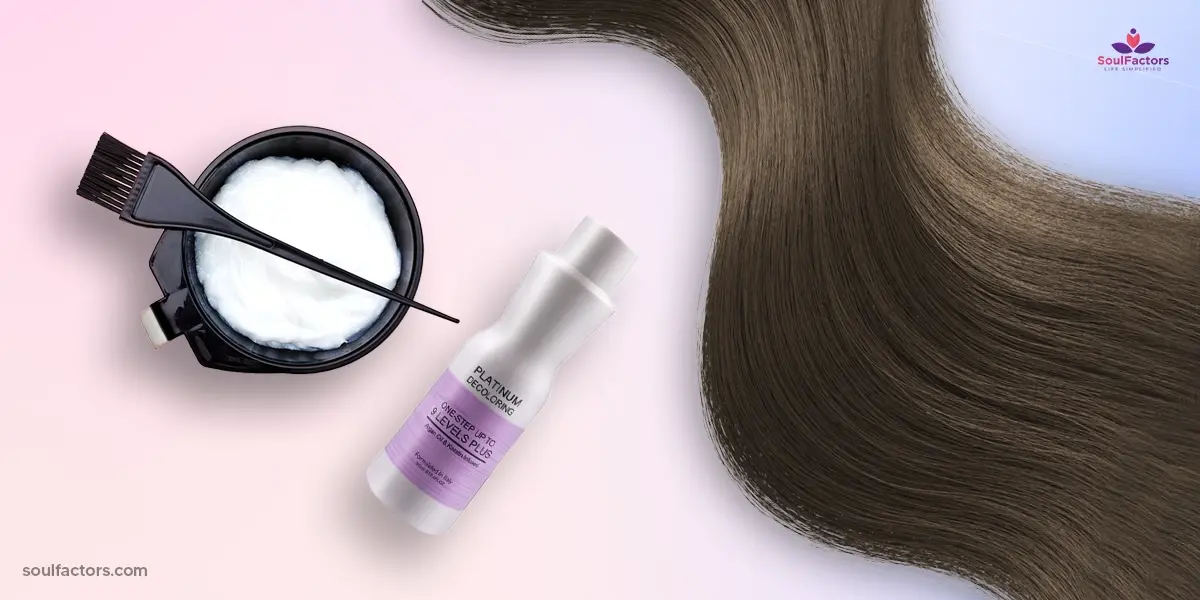
Powder bleach
It is the strongest type of bleach and is typically used to lighten hair by several shades.
Liquid bleach
It is gentler and is often used for highlights or to lighten hair by a few shades.
Bleached Hair Facts
- Bleached hair is more porous than unbleached hair. This means that it is more susceptible to damage from heat styling, chemicals, and the environment.
- It is more prone to dryness and breakage.
- Bleached hair is easier to color than unbleached hair because the bleach treatment helps to lift the natural pigment from the hair.
Pre-bleaching Tips And Advice For Gorgeous Hair
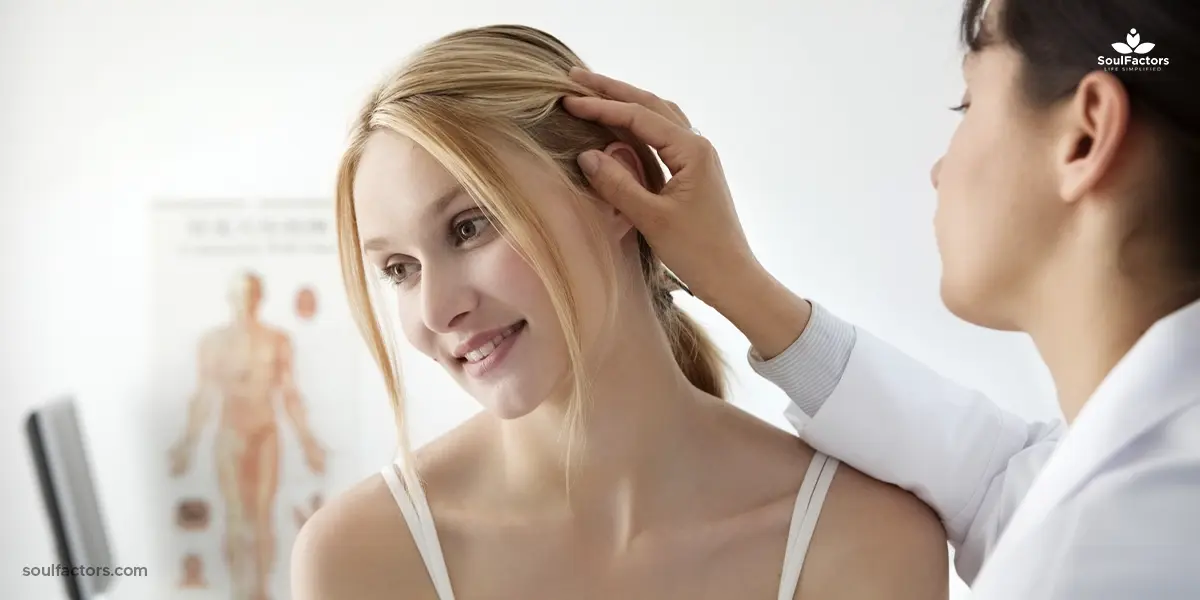
- Consult a Professional: They can assess your hair’s current condition and recommend the best approach to achieve your desired look safely.
- Healthy Hair First: Bleaching can be harsh on your hair, so it’s crucial to start with healthy hair.
- Trim Your Ends: If you have split ends or damaged hair, consider getting a trim before bleaching. This will remove the most damaged parts of your hair and help your new color look its best.
- Patch Test: Do a patch test on a small section of your hair to check how it reacts to bleach.
- Choose the Right Bleach: It’s worth investing in a good product to ensure better results and minimize the risk of damage. Follow the instructions on the packaging carefully.
- Consider Your Base Color: The natural color of your hair can affect the outcome of your bleaching. Darker hair might require multiple bleaching sessions to achieve the desired result. So choose bleaches for dark hair wisely.
- Avoid Overlapping: When applying bleach, make sure to avoid overlapping with previously bleached sections. Overlapping can lead to uneven color and excessive damage.
- Do a Strand Test: Before bleaching your entire head, do a strand test with a small section of hair. This will help you determine the right processing time and how your hair will react to the bleach.
- Protect Your Scalp: Apply a protective barrier, like a specialized scalp protector, to your scalp before bleaching to prevent irritation and chemical burns.
- Use the Right Developer: The strength of the developer(usually measured in volumes) should be chosen based on your hair’s condition and the level of lift you desire.
- Timing is Key: Keep a close eye on the bleaching process and don’t leave the product on for longer than recommended. Over-processing can lead to excessive damage.
- Deep Condition After Bleaching: Use a deep conditioner or a hair mask specifically designed for bleached hair after rinsing out the bleach. This will help restore moisture and strength to your hair.
How To Prepare Your Hair For The Bleaching?
Gather your supplies:
- High-quality bleach powder
- Developer (usually 20 or 30 volumes)
- Non-metallic mixing bowl and brush
- Sectioning clips
- Gloves
- Old clothes and a towel
- Hair conditioner
- Coconut oil, Castor oil, or similar hair oil
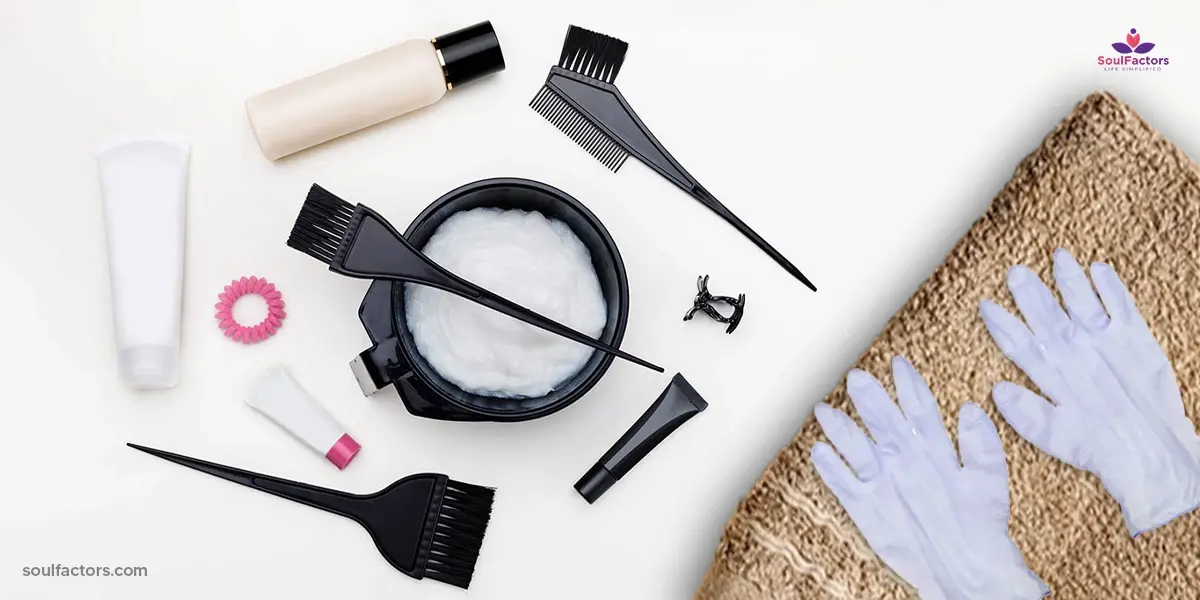
DIY Hair Bleaching Steps:
Step 1: Always perform a strand test on a small section of hair.
Step 2: Use deep conditioning treatments before bleaching.
Step 3: Divide your hair into manageable sections, securing them with clips.
Step 4: Follow the instructions on the bleach product for mixing ratios with the developer. Mix the bleach in a non-metallic bowl until you achieve a smooth, creamy consistency.
Step 5: Start applying bleach from the ends and work your way up. Leave a small gap at the roots. You can bleach even black hair like a pro with the right techniques.
Step 6: Once your hair reaches the desired level of lightness, rinse out the bleach with cool water and use a sulfate-free, color-safe shampoo. Follow with a deep conditioning treatment to restore moisture and strength.
After bleaching, your hair needs extra care. Avoid excessive heat styling, use products designed for colored hair, and continue with deep conditioning treatments regularly.
Note: If your hair is already damaged, brittle, or very dry, you may want to reconsider or consult a professional. Extremely damaged hair can become more compromised with bleaching.
How To Take Care Of Bleached Hair?
Bleaching can strip the hair of its natural oils and weaken its structure, making it more prone to damage. Discovering how to make bleached hair soft and silky is essential for achieving that smooth, luxurious texture you desire. Here’s a comprehensive guide on how to care for bleached hair:
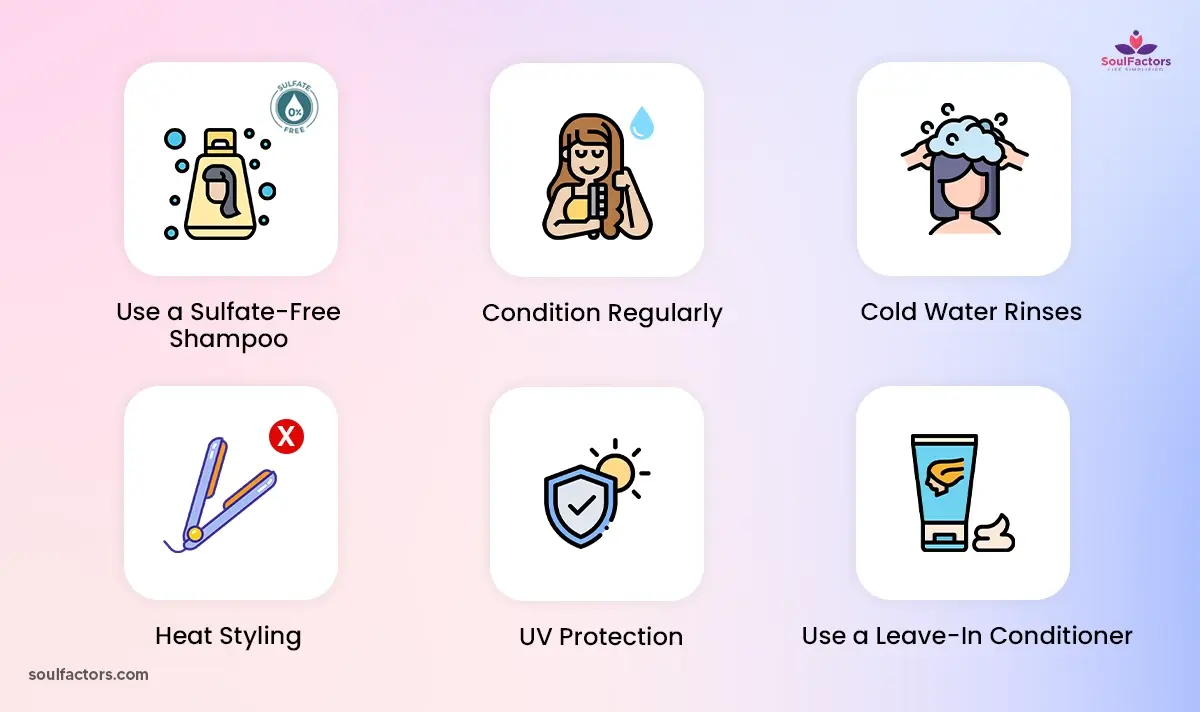
- Use a Sulfate-Free Shampoo: Choose a sulfate-free shampoo specifically formulated for color-treated or bleached hair. Sulfates can strip away color and natural oils, leading to dryness.
- Condition Regularly: Use a high-quality, moisturizing conditioner after every wash to restore and maintain moisture in your hair. Consider using a deep conditioner once a week to provide extra hydration.
- Cold Water Rinses: Rinse your hair with cool or lukewarm water instead of hot water. Coldwater helps seal the hair cuticles, making your hair look shinier and preventing color fading.
- Reduce Washing Frequency: Minimize the number of times you wash your hair per week to retain natural oils. If necessary, use a dry shampoo between washes to keep your hair feeling fresh.
- Heat Styling: Limit the use of heat-styling tools like straighteners and curling irons and resort to heatless styling tools. If you must use them, apply a heat protectant before styling.
- UV Protection: Shield your hair from the sun’s harmful UV rays, which can cause color fading and damage. Wear a hat or use hair products with UV protection.
- Trim Regularly: Schedule regular trims to remove split ends and maintain the overall health of your hair. This prevents breakage and promotes a polished look.
- Avoid Chlorine and Saltwater: Protect your hair from chlorine in swimming pools and saltwater at the beach. Wet your hair with clean water and apply a protective leave-in conditioner before entering the pool or ocean.
- Use a Leave-In Conditioner: Apply a leave-in conditioner to damp hair to lock in moisture and protect against heat and environmental damage.
- Silk or Satin Pillowcases: Sleep on silk or satin pillowcases to reduce friction and prevent your hair from getting tangled or damaged during the night.
- Hair Masks: Incorporate a weekly or bi-weekly DIY hair mask into your routine to provide extra nourishment and repair damaged hair.
Treating Bleached Hair Issues
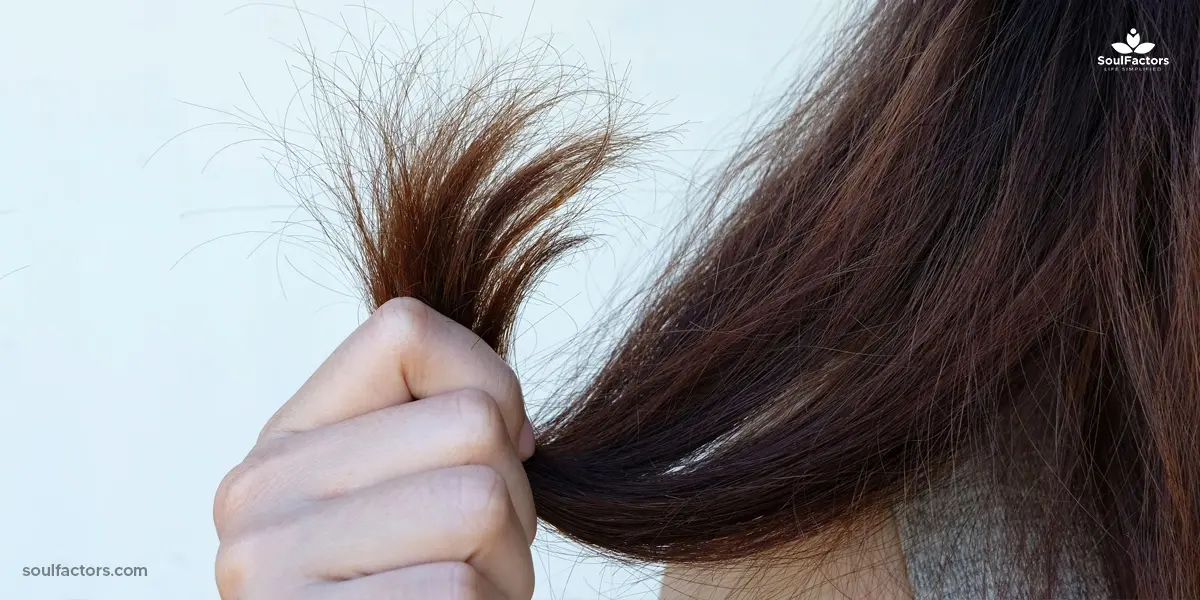
| Dryness and Frizz: | Use a hydrating shampoo and conditioner designed for color-treated hair. Regular deep conditioning and the occasional hair mask can help restore moisture. Apply a leave-in conditioner to reduce frizz. |
| Breakage and Split Ends: | Trim your hair regularly to get rid of split ends. Use a protein-based treatment to strengthen the hair and minimize breakage. Avoid overusing heat styling tools and be gentle when brushing or styling your hair. |
| Color Fading: | Use color-protecting products and avoid excessive sun exposure. Consider refreshing your color with a toner or gloss treatment between salon visits to maintain vibrancy. |
| Scalp Sensitivity and Irritation: | Use a mild, sulfate-free shampoo and conditioner. If you experience scalp irritation, try a soothing scalp serum or oil. Avoid hot water when washing your hair. |
| Brassiness (Yellow or Orange Tones): | Use purple or blue shampoo to neutralize unwanted warm tones. This type of shampoo can help maintain a cooler, more balanced color. |
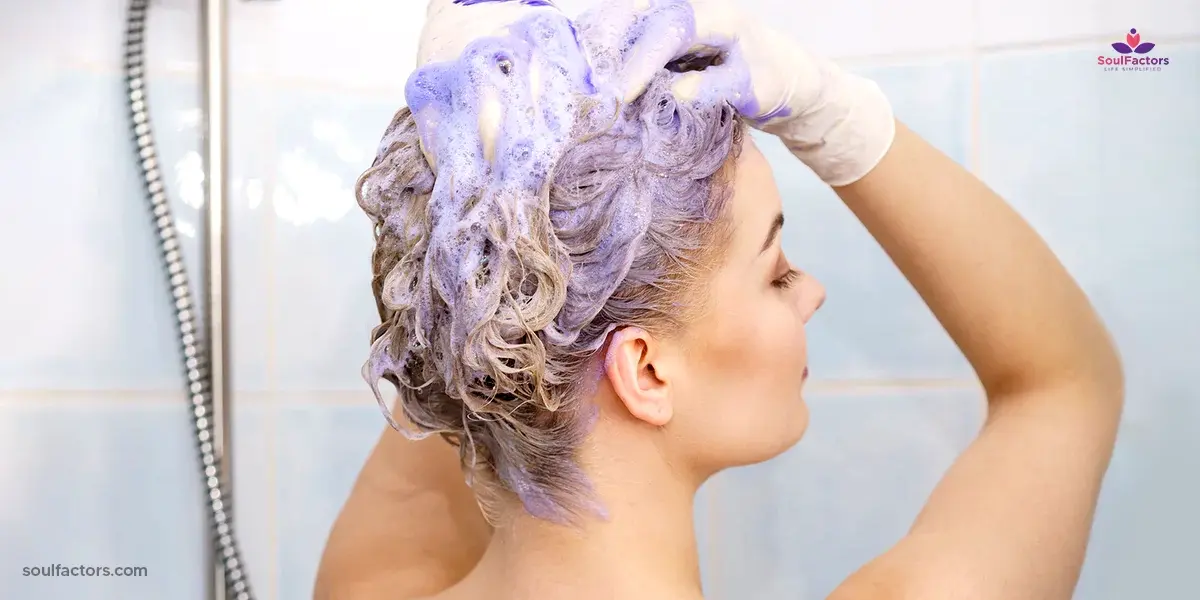
| Lack of Shine: | Apply a shine-enhancing hair oil or serum to add luster to your hair. Avoid over-washing, as this can strip the natural oils that contribute to shine. |
| Weakened Hair Structure: | Opt for hair products that contain proteins, such as keratin, to strengthen the hair. Avoid chemical treatments that can further weaken the hair structure. |
| Hair Porosity Issues: | Depending on whether your hair is overly porous (absorbs too much moisture) or lacks porosity (doesn’t absorb enough), tailor your hair care routine accordingly. Low-porosity hair benefits from heat during deep conditioning, while high-porosity hair requires sealing treatments. |
| Loss of Volume: | Use volumizing hair products that add thickness and texture to your hair. Avoid heavy, moisture-rich conditioners if you have fine hair. |
| Heat Damage: | Limit the use of heat styling tools and always apply a heat protectant before use. Allow your hair to air dry when possible, to reduce heat exposure. |
| Oily Roots and Dry Ends: | Apply conditioner from the mid-length to the ends of your hair, avoiding the roots. Use a dry shampoo between washes to manage excess oil at the roots. |
| Hair Loss or Thinning: | If you experience significant hair loss or thinning, consult a dermatologist or trichologist for professional advice. They can identify underlying causes and recommend suitable treatments. |
Tips For Maintaining Color And Shine Of Bleached Hair
To maintain the color and shine of bleached hair, follow these tips for a vibrant and lustrous look:
How To Prevent Additional Damage To Bleached Hair?
Just knowing how to take care of bleached hair is not enough, to prevent additional damage(1), you really have to make changes in your lifestyle. Consider the following points.
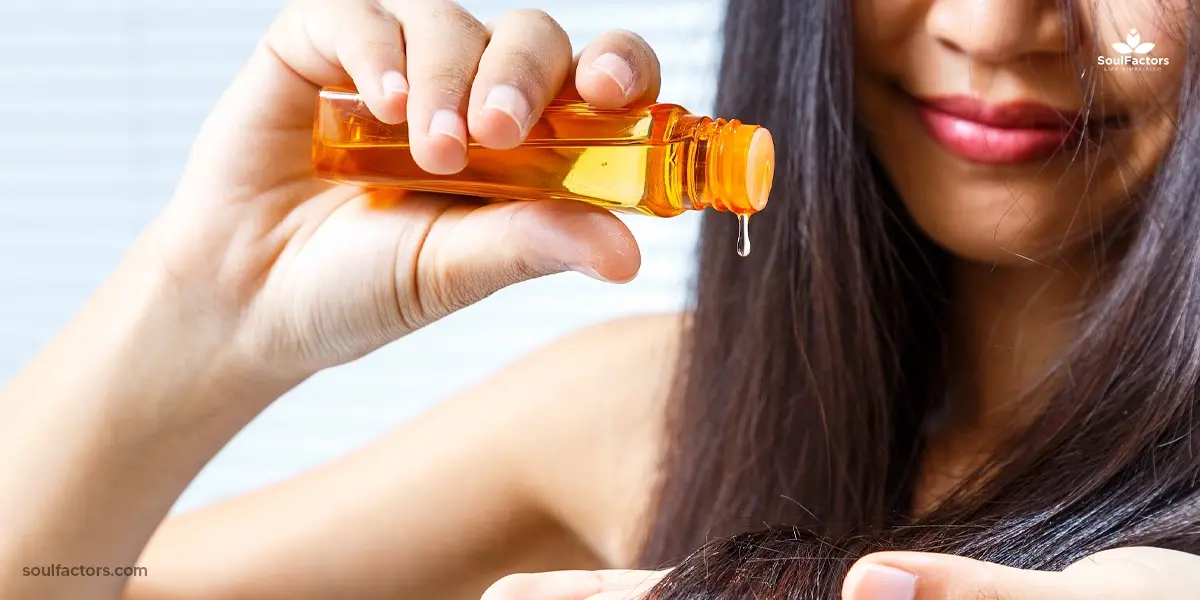
- Hydrating Oils: Incorporate oils such as olive oil, coconut oil, argan oil, and almond oil into your hair care routine.
- Sun Protection: Shield your hair from the sun’s UV rays by wearing a hat or using products with UV protection. Sun exposure can weaken bleached hair and cause color fading.
- DIY Hair Masks: Create and apply DIY hair masks, using ingredients like avocado, honey, or yogurt, to provide extra nourishment and hydration to your hair.
- Rice Water Rinse: Incorporate rice water rinses into your hair care routine. Fermented rice water can improve hair’s elasticity and reduce damage.
- Leave-In Conditioner: Use a leave-in conditioner to lock in moisture, protect your hair from environmental factors, and maintain its health and shine.
- Avoid Heat Styling: Minimize the use of heat-styling tools such as curling irons and straighteners to prevent further damage to your already processed hair.
- Be Careful with Chlorine: If you swim in chlorinated pools, wet your hair with clean water and apply a protective leave-in conditioner before entering the pool.
- Comb Hair When Wet: Gently detangle your hair with a wide-toothed comb when it’s wet, as wet hair is more flexible and less prone to breakage.
- Cut Back on Shampoos: Reduce the frequency of shampooing to preserve natural oils that protect your hair. Opt for sulfate-free shampoos designed for color-treated hair.
- Cool Water Washes: Rinse your hair with cool water after conditioning to help seal the hair cuticles, enhancing shine and preventing color fading.
- Regular Trims: Schedule regular trims to remove split ends and maintain the overall health of your hair. This helps prevent further damage.
FAQs
Avoid overusing heat styling tools, excessive washing, and harsh chemical treatments on bleached hair to prevent further damage.
Yes, you can put oil on bleached hair. Oils like coconut, argan, or olive oil can help restore moisture and shine.
Yes, coconut oil is good for bleached hair as it helps moisturize and repair the damage caused by the bleaching process.
Yes, you can comb your bleached hair, but do it gently, especially when it’s wet, to prevent breakage.
The duration of bleached hair varies, but it can last several weeks to months, depending on care and maintenance.
Final Take
Bleaching is often a necessary step in achieving certain hair colors. While it can be a bit harsh on your hair, with proper care and maintenance, you can keep it looking fabulous, so it is necessary to know how to take care of bleached hair. Remember, gentle treatment and protection are the keys to maintaining that beautiful color and keeping your hair healthy.

Subscribe to Newsletter
Elevate your routine, stay on trend, and embrace a personalized beauty journey with our curated insights.


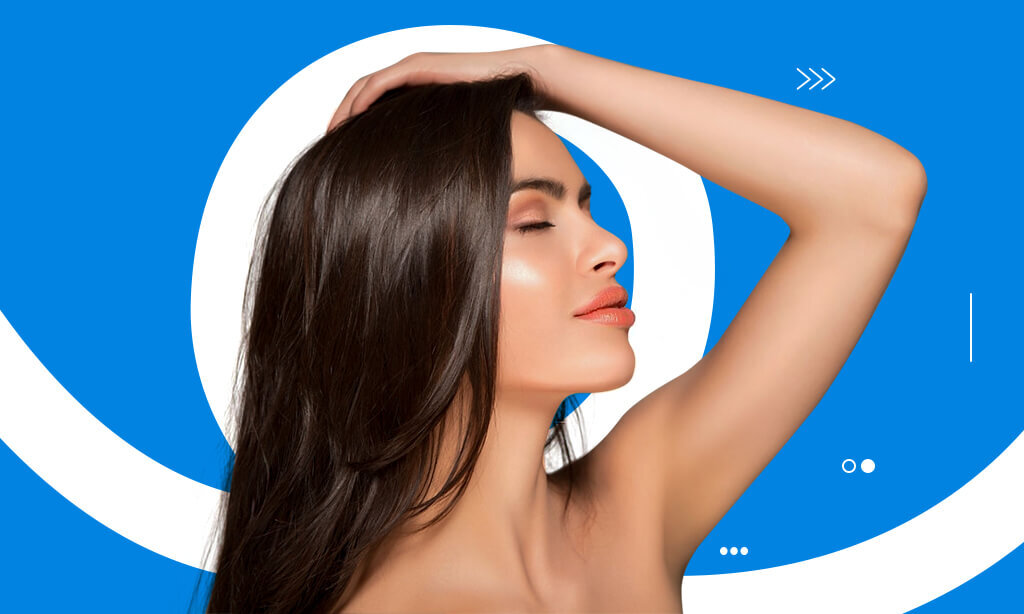
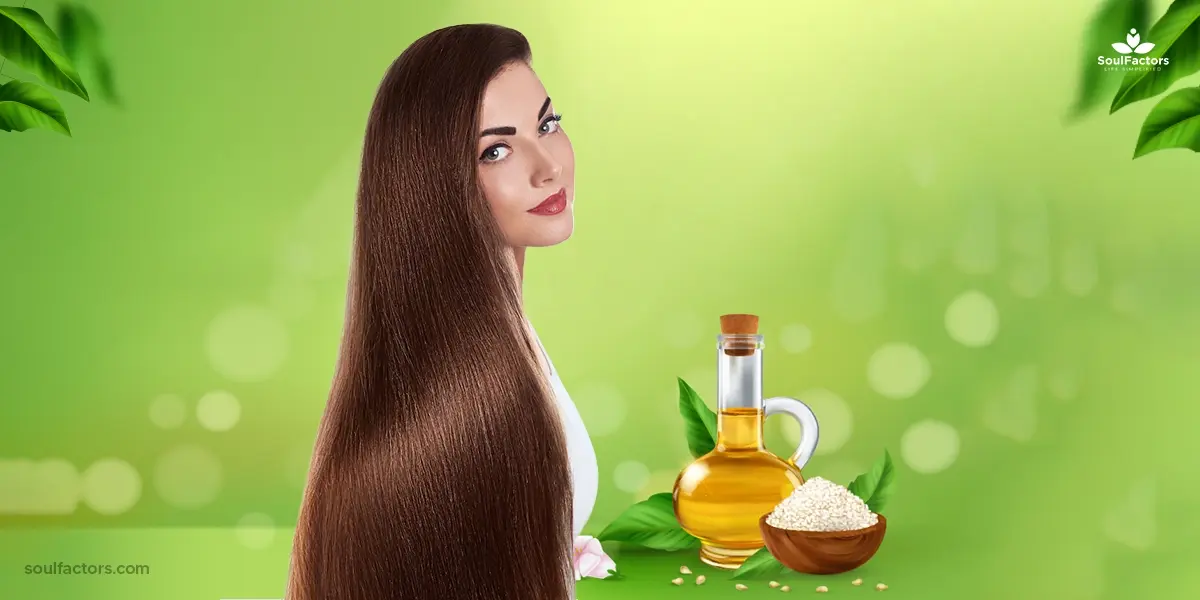
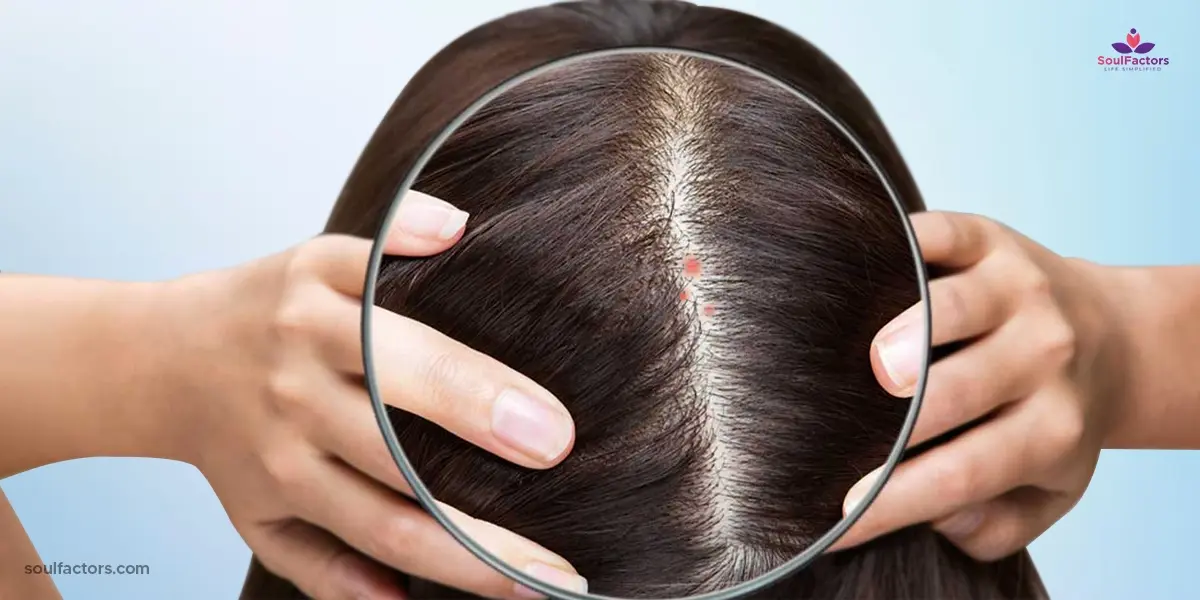
Write a Comment